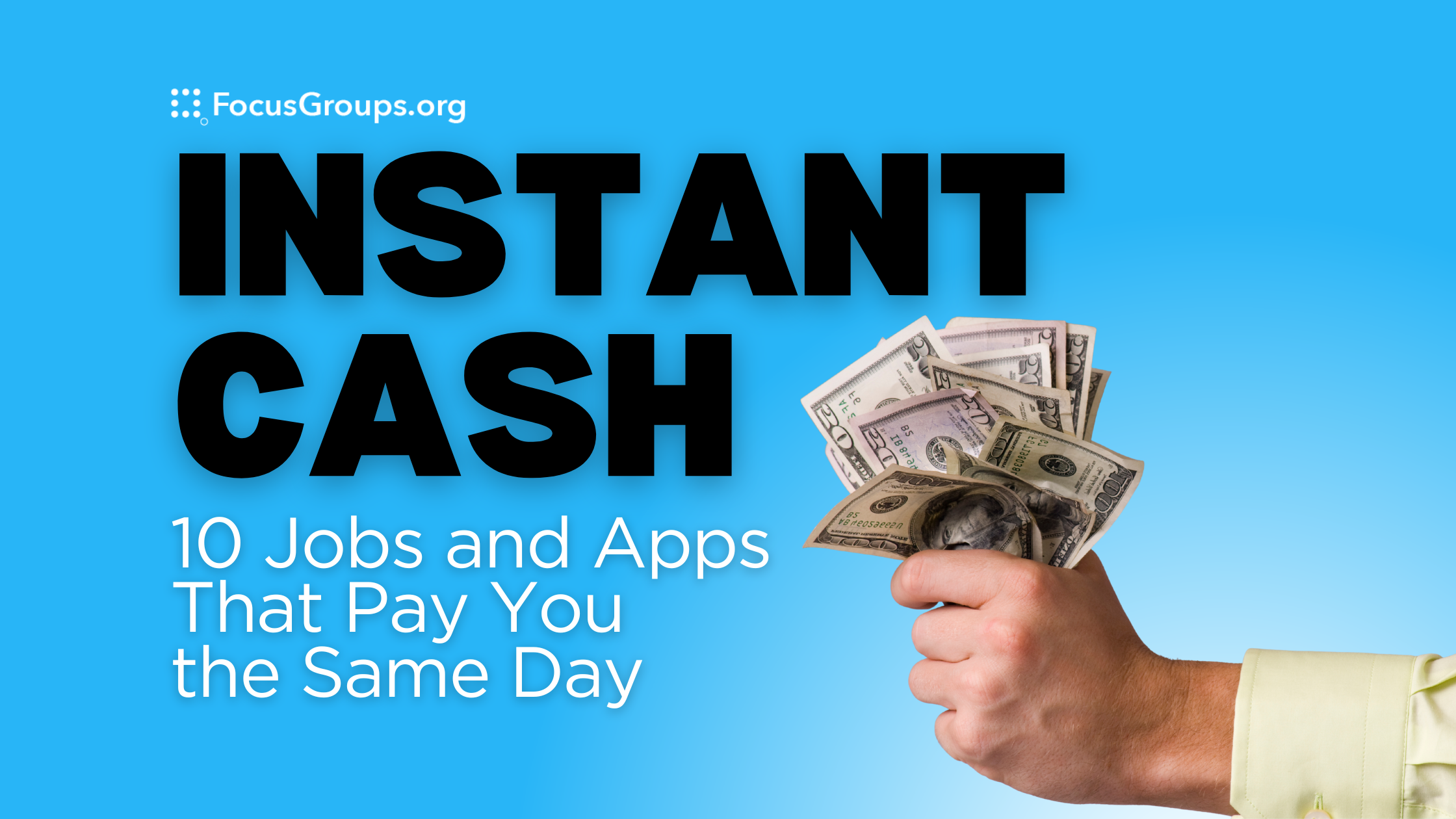Conduct a Focus Group: Tips for MRX Professionals

Ever felt like you’re flying blind when making business decisions? Whether you’re launching a new product, reworking a service, or testing a marketing message, gathering honest feedback is essential. And while hiring a full-service research firm can be helpful, sometimes you just need affordable, quick, direct insights from real people.
That’s where DIY focus groups come in. Done right, focus groups can give you clarity, highlight blind spots, and even inspire new ideas you hadn’t considered. Done wrong? You’ll walk away with vague answers and a lot of wasted time. Here’s a simple guide for business owners ready to roll up their sleeves and gather meaningful insights, without the headache.
Reference Table:
- In-Person vs. Virtual Focus Groups
- How to Recruit the Right People for Your Focus Group
- How to Ask Better Questions & Get Valuable Insights
- Tools to Make the Process Easier
- What to Do With Your Focus Group Feedback
- Conclusion
In-Person vs. Virtual Focus Groups
Both have their perks, so it really depends on your resources and goals:
✔ Great for testing physical products or prototypes
✔ Allows you to observe body language and group dynamics
✔ Higher engagement, but also higher logistics (venue, travel, scheduling)
✔ Ideal for a geographically spread-out audience
✔ Cost-effective and easier to schedule
✔ Can record sessions for later review
✔ Tools like Zoom, Microsoft Teams, or dedicated platforms like Discuss.io make this a breeze
How to Recruit the Right People for Your Focus Group
Many DIY focus groups fall flat because the participants aren’t your target customers. Here’s how to avoid that:
- Define your ideal participant. Age, location, habits, interests, or purchase behaviors, and know exactly who you want feedback from.
- Leverage your existing audience. Start with your email list, social followers, or loyal customers.
- Use participant recruiting platforms (like FocusGroups.org) to find vetted participants outside your existing network.
- Offer the right incentive. A digital gift card, product sample, or exclusive access can make participation more appealing.
How to Ask Better Questions and Get Valuable Insights
The biggest mistake people make? Asking surface-level or leading questions. Here’s how to fix that:
- Start broad, then narrow in.
Example: “What are your current challenges when using [product type]?” before “Would you buy this product at $29.99?” - Avoid yes/no questions.
Instead of “Do you like this idea?” ask “What do you like or dislike about this idea?” - Encourage honesty.
Set the tone by saying, “We’re not here for compliments. We want to hear what’s not working too.” - Ask participants to rank or compare.
It’s easier for people to choose between options than give absolute opinions. - Leave room for unique responses.
Wrap up by asking, “Is there anything we didn’t ask that you think we should know?”
Tools to Make the Process Easier
You don’t need a pricey research team to run an effective focus group. A few handy tools can streamline everything:
- Scheduling: Calendly or Doodle
- Recording & Transcription: Zoom + Otter.ai
- Note Taking: Google Docs with shared live notes
- Surveys for follow-up feedback: Typeform or Google Forms
- Incentives: Digital gift cards via Tremendous or Amazon eGift
What to Do With Your Focus Group Feedback
A lot of people run a great group… then let the notes collect dust. Don’t let that be you. After your session, make sure to:
- Look for recurring themes. If several people mention the same issue or idea, that’s a clear takeaway.
- Identify unexpected insights. Those one-off comments might reveal untapped opportunities or issues you hadn’t considered.
- Summarize your findings into key takeaways. Aim for 3-5 clear, actionable points you can share with your team or use to guide your next steps.
- Decide your next move. Use those insights to tweak your product, service, marketing, or messaging.
Conclusion
DIY focus groups aren’t as intimidating as they sound. With a little prep, good questions, and the right tools, you can unlock insights that help you make smarter, customer-backed decisions.
Having trouble finding participants for your study? Whether you're hosting in-person or virtual sessions, we can help connect you with reliable, high-quality participants from our trusted database, so you can focus on getting the insights you need.





